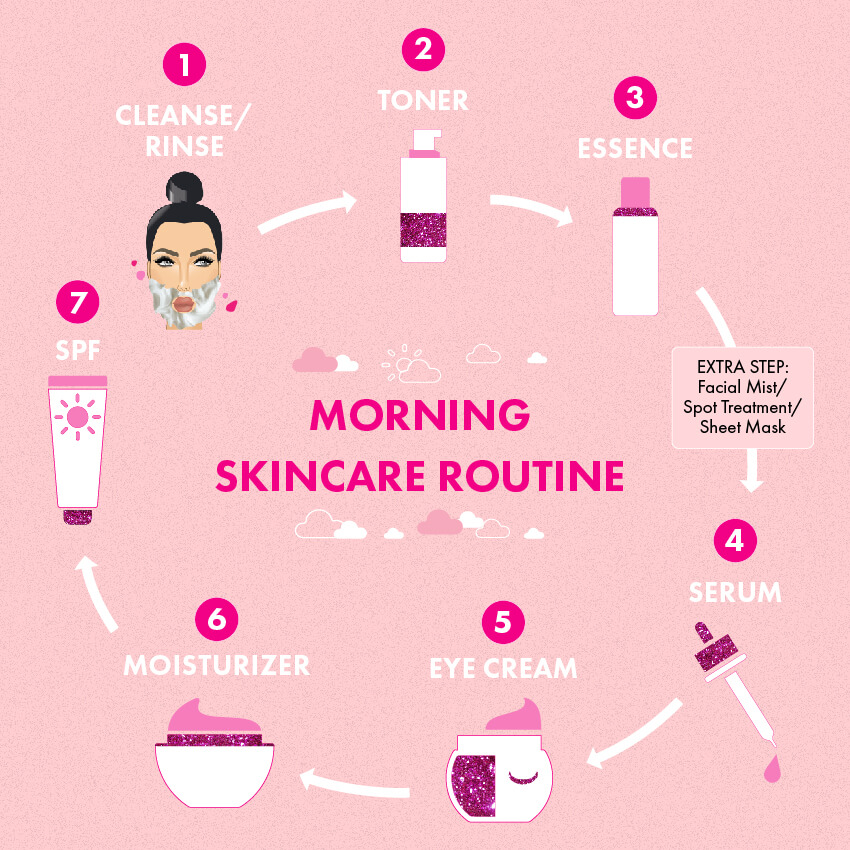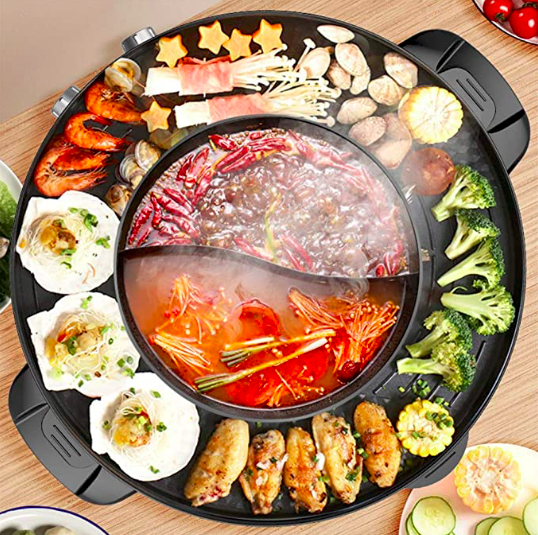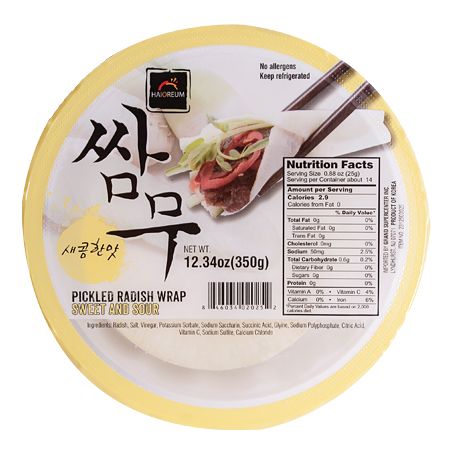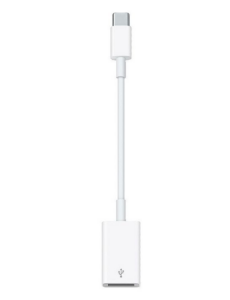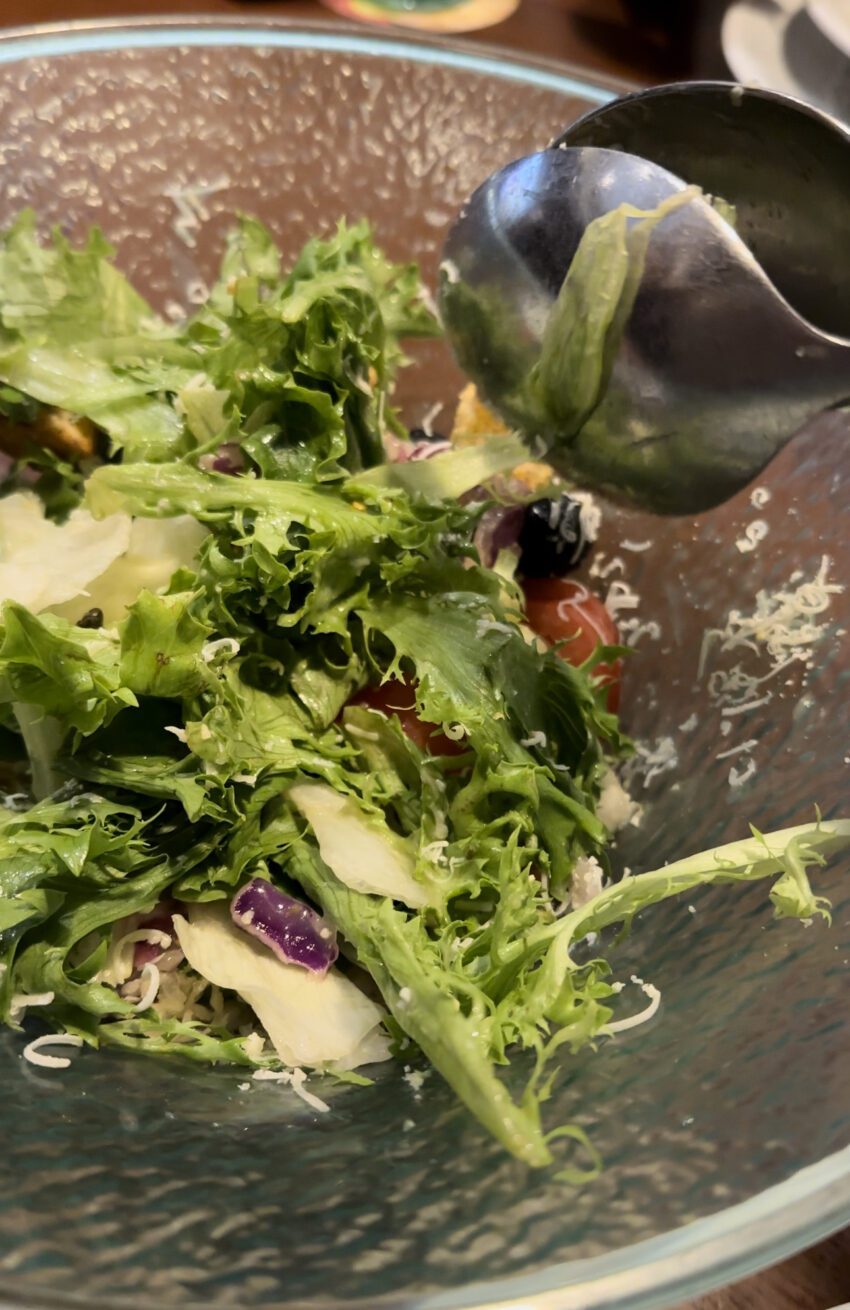Keto for Beginners: A Quick and Easy Guide
If you’re reading this right now, there’s a chance you are just starting your keto journey, want to know more about keto so you can start, or are wondering what we have to say about this lifestyle.
Living a ketogenic lifestyle can sound intimidating or be confusing when you first start out, but it doesn’t have to be that way if do your research up front and keep it simple at the beginning. We always receive feedback from people that they are overwhelmed by the amount of things they can’t eat and don’t know how they could ever sustain cutting out so many of their beloved carbs. Our take is that instead of focusing on what you CAN’T eat, consider what you CAN eat and how you can work it into your daily routine.
Let’s just get the nitty gritty out of the way first.
What is ketogenic diet?
A ketogenic diet is a very low carb (20g net carbs per day), high fat way of eating in order to achieve the metabolic state of ketosis, which converts fat into ketones, which the body will use as a source of energy for the brain. It replaces the need to rely on carbohydrates for energy. The ketogenic way of eating has also been linked to lowering blood sugar and insulin levels – which can lead to multiple health benefits.
How are net carbs calculated?
According to Healthline, Net (digestible) carbs are broken down into individual sugar units and absorbed into your bloodstream. However, your body processes fiber and sugar alcohol carbs differently than digestible carbs.

How do you track net carbs?
Two very common apps to track macros and carbs are MyFitnessPal or Carb Manager. Once you get comfortable, it is also possible to eyeball and intuitively track them once you understand the average net or total carbs in foods you are eating on the regular. If you are just beginning, we recommend using an app until you truly feel comfortable with carb counting and staying within your daily targets.
Here are some recommendations on how to start eating a ketogenic diet:
- Talk to your healthcare provider to understand if this is the right lifestyle choice for you. This is optional but recommended as everyone’s bodies are different. What is safe for someone could be dangerous for another.
- Do your research. You NEED to do this. Whether that be googling articles like this one or talking to people who have experienced the keto lifestyle – you need to ask questions up front or else you are going to feel lost in a sea of opinions. Do you need to be a keto expert to start eating a ketogenic diet? No way! But you should know the basics such as how to count carbs, understand what ketosis is, common grocery items, and general foods/ingredients to avoid. Build a strong foundation for success.
- Get rid of the bad stuff. Donate the sugary, starchy, processed foods living in your fridge and pantry and don’t look back. Out of sight, out of mind. If the flamin’ hot cheetos are not staring you in the eye, you probably will not be tempted to eat them.
- Start upping your water intake. Carbs retain water. As you lower your carb intake, water will be flushed out at an increased rate, so you need to remember to maintain your fluid levels as your body transitions.
- Avoid the dreaded KETO FLU by adding electrolytes or increasing salt into your food. The keto flu can make you feel like a hot mess and wanting to quit after a few days. Don’t quit, just avoid the keto flu until your body is used to the lower carb intake.
- Figure out your targeted macros and/or net carbs you should be intaking each day. You can do this on ruled.me
- K.I.S.S. – KEEP IT SUPER SIMPLE! There are so many more keto-friendly or low carb products out on the market today, which is great, but that’s just more temptation and a lot of money to be spent. We love trying new products more than anything, but it’s easy to get caught in the hype when you first start and then you somehow end up with $500 worth of snacks. Start simple with whole foods and unprocessed foods and then work in the fun keto on the go items once you get your bearings straight. You need to know how to fend for yourself at any moment when these products are not available. Eggs, good fats like avocados, grass-fed butter, fatty meats, dark leafy greens are your friends. Start with them first.
- Find at least one support system whether it be a friend, family member, coworker, or even a stranger in the #ketocommunity on Instagram or Facebook. There will be times of frustration or stress and you want to be able to cope without turning to sugary or high carb foods.
- Give it a hot minute before you give up. It took some time for you to feel the way you do so it will take time to heal both inside and out. Just because you do not see the scale change or see or feel any different, it will take time. Try a few months before you throw in the towel.
So, now what?
Go to the grocery store and set yourself up for success. Have food ready to cook or grab on the go. Here is a sample meal plan:
Keto Meal Plan For 1 Week
To help get you started, here is a sample ketogenic diet meal plan for one week:
Monday
- Breakfast: Bacon, eggs and tomatoes.
- Lunch: Chicken salad with olive oil and feta cheese.
- Dinner: Salmon with asparagus cooked in butter.
Tuesday
- Breakfast: Egg, tomato, basil and goat cheese omelet.
- Lunch: Almond milk, peanut butter, cocoa powder and stevia milkshake.
- Dinner: Meatballs, cheddar cheese and vegetables.
Wednesday
- Breakfast: A ketogenic milkshake (try this or this).
- Lunch: Shrimp salad with olive oil and avocado.
- Dinner: Pork chops with Parmesan cheese, broccoli and salad.
Thursday
- Breakfast: Omelet with avocado, salsa, peppers, onion and spices.
- Lunch: A handful of nuts and celery sticks with guacamole and salsa.
- Dinner: Chicken stuffed with pesto and cream cheese, along with vegetables.
Friday
- Breakfast: Sugar-free yogurt with peanut butter, cocoa powder and stevia.
- Lunch: Beef stir-fry cooked in coconut oil with vegetables.
- Dinner: Bun-less burger with bacon, egg and cheese.
Saturday
- Breakfast: Ham and cheese omelet with vegetables.
- Lunch: Ham and cheese slices with nuts.
- Dinner: White fish, egg and spinach cooked in coconut oil.
Sunday
- Breakfast: Fried eggs with bacon and mushrooms.
- Lunch: Burger with salsa, cheese and guacamole.
- Dinner: Steak and eggs with a side salad.
Always try to rotate the vegetables and meat over the long term, as each type provides different nutrients and health benefits. This meal plan was from Healthline.com, one of our favorite resources for all things keto.


